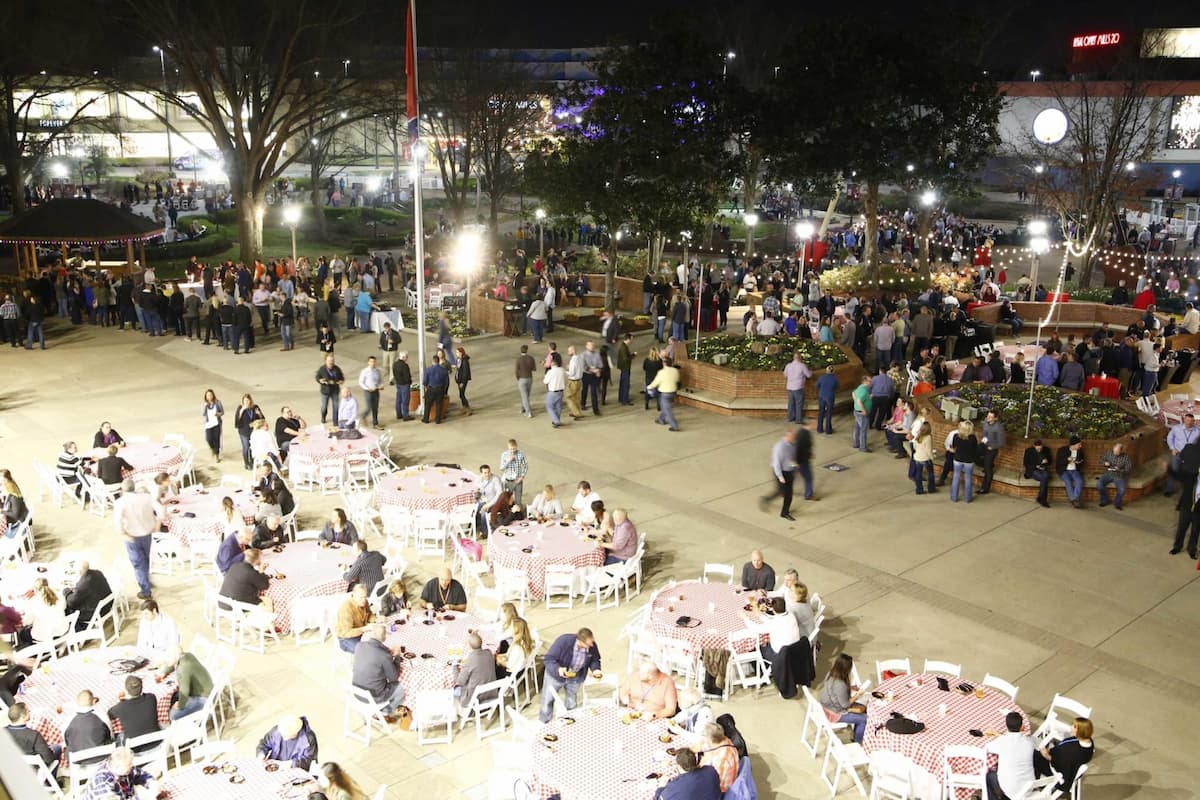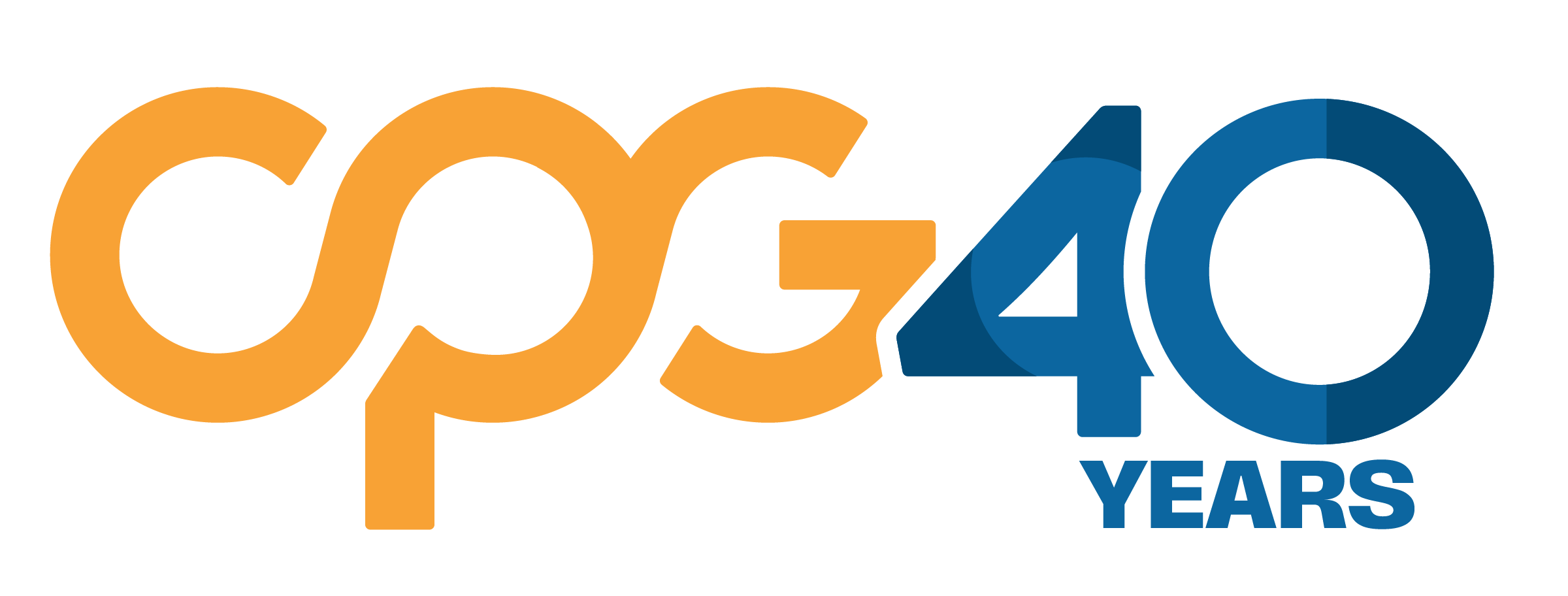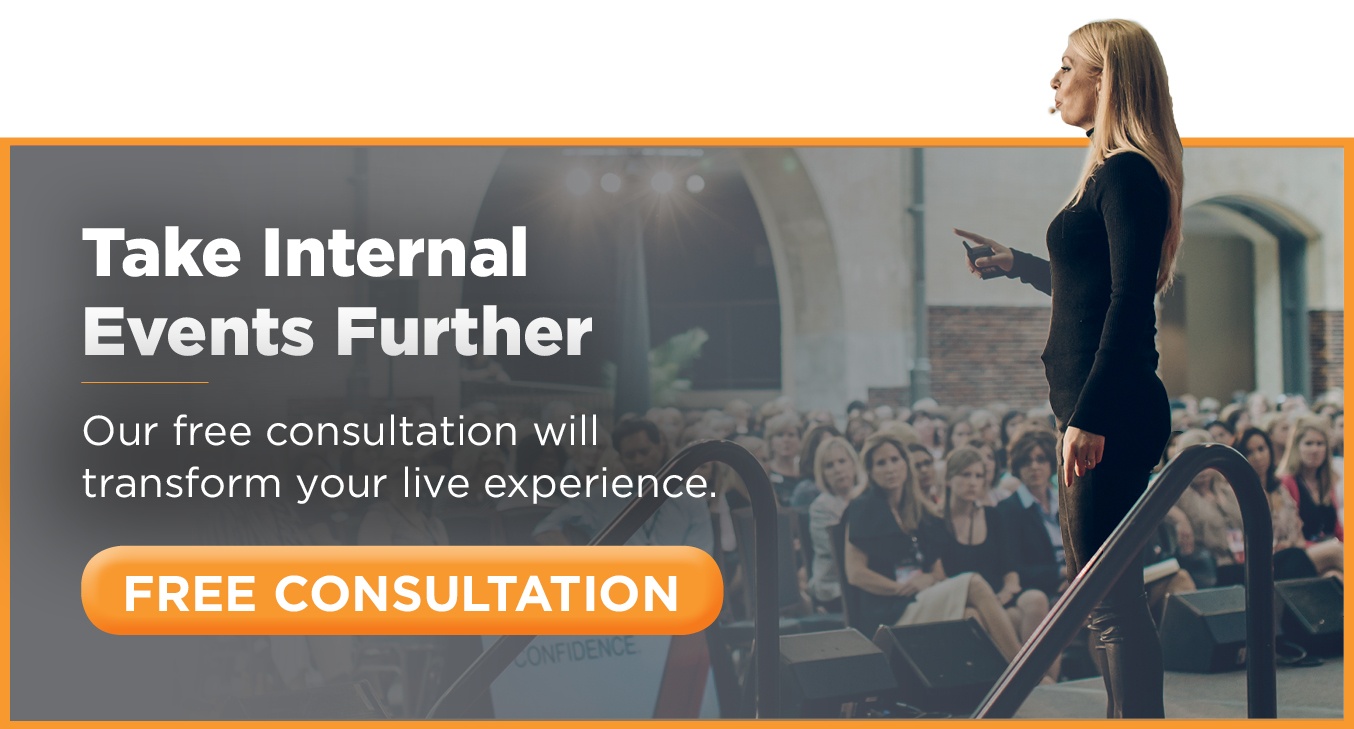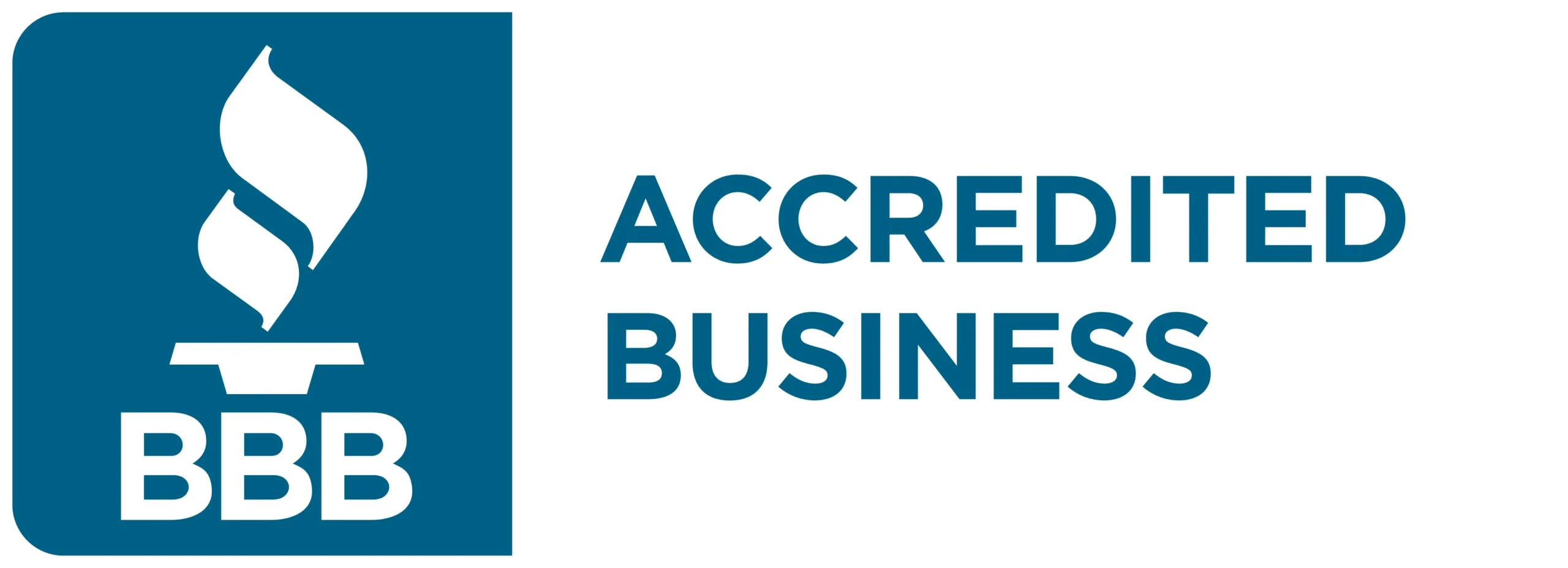Download Our eBook: 8 Fundamentals of an Internal Communications Strategy
If your people are sending out the “whatever” vibes, it’s time to get back to the basics. Make sure your internal communication strategy is following 8 fundamentals to cultivate an engaged workforce aligned with your company’s success.
Brain Dates & Matchmaking at Corporate Events

“Arranging serendipity” might be the hottest future trend for conveners around the world. Here’s the “why” behind corporate event matchmaking plus your own brain dates playbook, so you can add them to the blueprint of your next event.
Why Brain Dates belong at your next event:
Your ultimate goal is to provide each attendee with the opportunity to make meaningful connections at your event. With this in mind, bringing people together who are most likely to hit it off increases your odds of successful ROI.
Matchmaking tactics, such as brain dates, help create those meaningful connections. Instead of sifting through the crowd, connect with people beyond superficial levels and take a more measured approach to gaining a new professional acquaintance.
Industry professionals should strive to make networking more accessible and fun because…
Networking is a major goal for conference attendees
First of all, large-scale conferences and corporate events are all about bringing people together in a meaningful way. Without a healthy dose of networking, that outcome simply is not possible.
While your goal is to bring people together, keep in mind it’s also a major attendee goal. Think about it: people go to events to experience something. They might learn a few things about their business – what works and what doesn’t – and maybe they’ll leave with a swag bag or two, but the most persistently lingering value any attendee can gain from an experience is a profound connection.
Despite the need to connect, most technology makes people more shy
Many hearts drop the moment a breakout session speaker turns their speech into an impromptu networking event for listeners. While lots of us would openly say networking and engaging with other people is fun, the fear of having a bad, prolonged conversation alone is enough to send most of us back to our cell-phones in the corner.
But technology should be helping us connect more, not less
Technology isn’t inherently good or bad – it’s how we use it that truly matters. If we are using technology as a crutch during social interactions, or an escape from them altogether, then technology is hindering our experience.
However, if we use those same social channels to facilitate a face-to-face connection, based on information we know or have solicited through registration or our mobile event app, then we’re using technology to grow our actual social network.
Brain Dates help bridge the gap and form meaningful connections
Brain dates use technology as a starting point. People select their ideal match based on professional profiles. This solves for a sort of “engineered serendipity.”
Ultimately, brain dates bypass the “arrangement” part of meeting people and get straight to the “mutual benefit” part.
How Brain Dates and Professional Matchmaking Work:
Setting up your brain dates isn’t much more complex than any other part of your event. You just need to set up the framework in a way similar to actual dating apps. From there, you can let you attendees do the connecting.
Notification in advance
For starters, your team should make this feature of your event a well-known aspect through pre-event engagement measures. From there, your attendees can signal in advance that they are interested in an arranged conversation. Upon signing up, your attendees will be asked to…
Set up a profile, offers and request for knowledge
Give folks the opportunity to display what they love to talk about the most: themselves! Allow them to set up their profile and clearly explain who they are and what they’re interested in.
Ideally, your platform will allow everyone to submit their “offer.” This is their unique industry insight or other value they bring to the table. One conference go-er might post in their offer “Real estate development expert.” Someone who matches with them can ask all the questions their heart desires about real estate development.
They’ll complete the profile by adding a “seeking” section. That real estate developer might be on the hunt for a “social marketing expert.”
Publish these profiles to a larger platform and let the matchmaking to begin! Attendees should be able to search for and view offers that fit their needs.
Matching online and arranging the meet-up
After people select their ideal matches, they can begin discussing when and where they’ll meet up. From an event planner’s standpoint, you probably want to arrange a central meeting location that is uniquely equipped to handle a lot of meet-ups. This can be the coffee shop inside the conference center or, better yet, a specially-designated area equipped with the right space and creature comforts (coffee, furniture, snacks, whiteboards, etc.) to promote conversation.
If you decide to facilitate the meeting room, you’ll also need to handle the timing & scheduling to make sure there is enough space for everyone to meet and feel comfortable.
Meeting onsite
After all that logistical work is done, it’s time to sit back and let your people do their thing. If all goes well, you’ll have a long list of attendees who formed beneficial and long-lasting relationships, and have your event to thank for it.
Other ways to connect people
Of course, brain dates aren’t the only thing you can do to bring people together at your corporate event. Professional speed dating, for instance, has worked wonders for a wide-variety of audiences in the past.
This is a fun way to get a lot of people outside their comfort zone and meeting new people. Professional speed dating provides exposure to a wide variety of people in a short time (around 2-5 minutes). It’s also a good way to let people know what you’re looking for so you can meet up later and dive deeper into topics.
As the event planner, you’ll be responsible for promoting and facilitating the onsite engagement. Get the word out like you would for any other occasion and keep the pace moving with a bell or buzzer.
After the session ends, it’s helpful to have an open networking session. Then people can further connect with others they met or talk to the people who may not have had time to meet with.
Conclusion
Your guests’ experience should be your number one priority at all times.
If their experience will be better off having made a meaningful connection (spoiler: it will be), then proactive matchmaking absolutely needs to be part of your event management mix. Need more tips around attendee engagement? CPG Agency has you covered.









